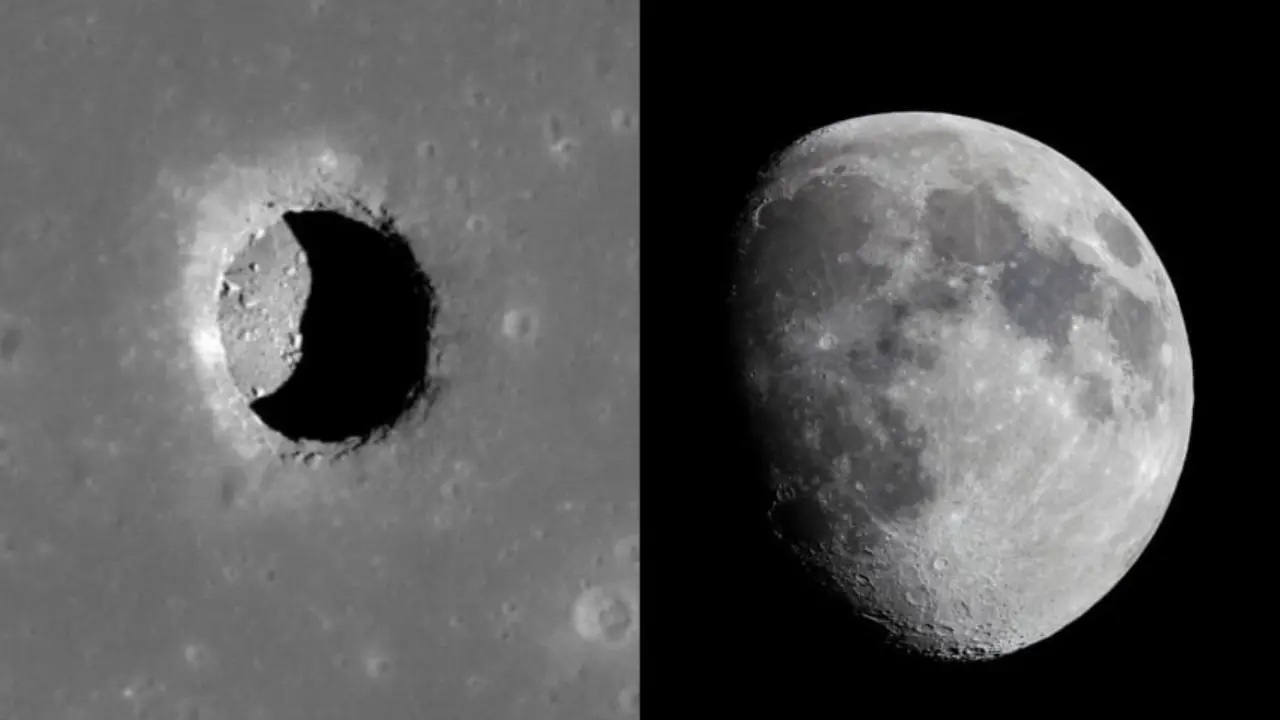Why does one side of the Moon look like a smooth pancake while the other’s a battered war zone? A new NASA study has the answer — and it’s hotter than you think.
Using ultra-precise gravity data from NASA’s GRAIL mission, scientists have cracked one of the Moon’s oldest riddles: why its Earth-facing side is vastly different from the rugged, cratered farside. The culprit? A deep, long-dead volcanic engine that still echoes in the Moon’s interior.
According to new research published in Nature, the Moon’s nearside—home to the familiar “face” we see from Earth—harbors a hotter, more geologically active mantle. This internal heat, fueled in part by radioactive elements like thorium and titanium, explains the smooth lava plains called mare that dominate the nearside, while the farside remains wild, rough, and frozen in ancient time.
“This is the clearest evidence yet that the Moon’s interior is wildly lopsided,” said Ryan Park, lead author of the study and a planetary scientist at NASA’s Jet Propulsion Laboratory. “The nearside isn’t just warmer — it’s been geologically alive in ways the farside never was.”
The groundbreaking insights come from data collected by NASA’s twin spacecraft, Ebb and Flow, which orbited the Moon in 2011–2012 as part of the GRAIL (Gravity Recovery and Interior Laboratory) mission. By measuring subtle variations in lunar gravity, the team pieced together the most accurate internal map of the Moon ever created.
Hot on One Side, Cold on the Other
The study found that the nearside mantle is up to 360°F (200°C) hotter than the farside—likely a legacy of intense volcanic activity billions of years ago. This heat warped the Moon’s internal layers, making the nearside more flexible and prone to tidal deformation as it orbits Earth.
“These differences in gravity and flexing suggest a dynamic and uneven internal structure,” said co-author Alex Berne from Caltech. “And those deep, ancient lava flows? They’re not just surface scars — they’re signals from a still-active interior.”
Why It Matters
The Moon’s uneven interior isn’t just academic—it has direct implications for future exploration. The improved gravitational model will help engineers build lunar GPS systems, guiding upcoming missions and lunar landers with greater accuracy and safety.
And beyond that? The same gravity-mapping techniques could unlock secrets of icy moons like Enceladus and Ganymede, where hidden oceans might harbor alien life.
A New Era of Moon Science
The Moon might seem familiar, but this study proves it’s still full of surprises. From anchoring Earth’s tides to holding clues about planetary formation, our closest celestial neighbor just got a whole lot more interesting.
“The Moon has always influenced life on Earth,” said Park. “Now, it’s helping us understand how worlds evolve—from the inside out.”
So next time you look up at the Moon, remember: there’s a molten story behind that glowing face — and science is still uncovering its secrets.





